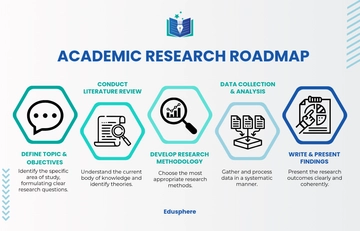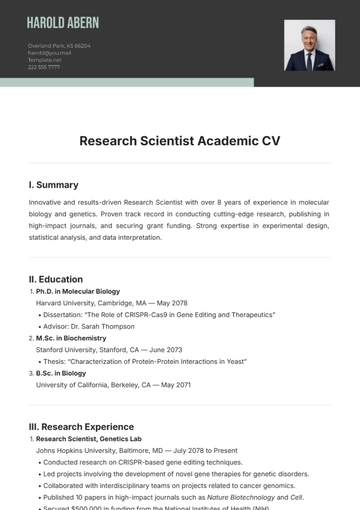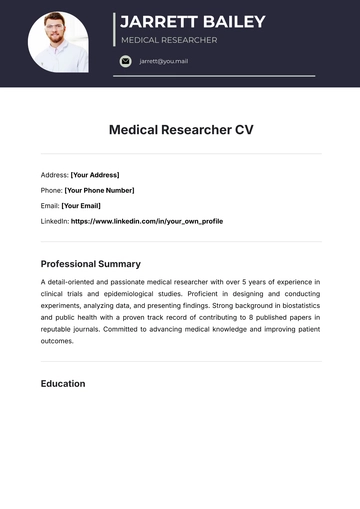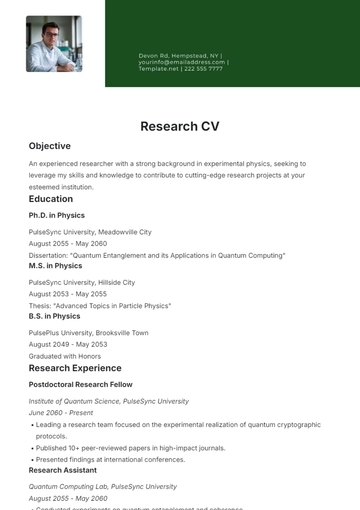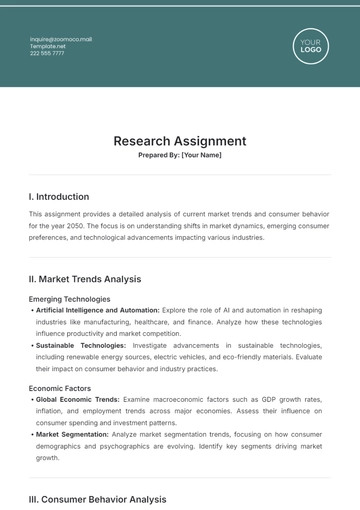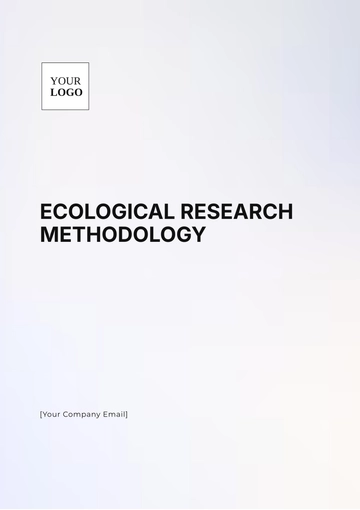Free Research for Middle School

Prepared by: [YOUR NAME]
Introduction
Welcome to your comprehensive guide for creating a Science Fair project. This research will help you navigate through the steps of developing a successful project, from selecting a topic to presenting your findings. Let’s explore the process and discover how to make your Science Fair project stand out.
Project Overview
A Science Fair project involves investigating a scientific question, experimenting, and presenting your findings. This project will help you understand the scientific method and develop important research skills.
Research Process
Choosing a Topic: Choose a topic that interests you and aligns with your grade level. For example, you might explore plant growth, chemistry experiments, or environmental issues.
Conducting Research: Use reliable sources like books, academic journals, and credible websites. Gather information that will support your experiment and hypothesis.
Designing an Experiment: Plan an experiment that tests your hypothesis. For instance, you might grow plants under different light conditions or test the effect of salt on ice melting.
Analyzing Data: Examine your results to see if they support your hypothesis. Use charts or graphs to illustrate your findings clearly.
Preparing the Presentation: Create a display board with your research question, hypothesis, methods, results, and conclusions. Practice presenting your project to explain it clearly to others.
Example Research Projects
Below is a table of example Science Fair projects to inspire your own:
Project Title | Topic | Hypothesis | Experiment | Expected Outcome |
|---|---|---|---|---|
The Effect of Light on Plant Growth | Plant Biology | Plants grow faster with more light. | Grow plants under different light conditions. | More light accelerates growth. |
How Salt Affects Ice Melting | Chemistry | Salt speeds up ice melting. | Test ice melting rates with varying salt amounts. | Ice melts faster with more salt. |
The Impact of Acid Rain on Soil | Environmental Science | Acid rain decreases soil quality. | Measure soil pH and plant growth in acid rain conditions. | Soil quality declines with acid rain. |
Magnet Strength and Distance | Physics | Magnets lose strength with distance. | Measure the force of magnets at different distances. | Strength decreases with distance. |
Comparing Natural vs. Synthetic Fabrics | Materials Science | Natural fabrics are more breathable than synthetic. | Test breathability of different fabrics. | Natural fabrics are more breathable. |
Research Report Structure
Title Page: Includes your project title, your name, and your school’s name.
Abstract: Summarize your project, including the question, hypothesis, methods, and results.
Introduction: Provide background information on your topic and its significance.
Methods: Detailed description of how you conducted your experiment.
Results: Presentation of your findings, including any tables or charts.
Conclusion: Explain whether your results support your hypothesis and what you learned.
References: List of sources you used in your research.
Tips for Success
Start Early: Begin your project well in advance to allow time for research and experimentation.
Be Organized: Keep detailed notes and records of your experiments and results.
Practice Your Presentation: Rehearse your presentation to ensure you can explain your project clearly and confidently.
Contact Information
For any questions or further assistance, feel free to contact:
Prepared by: [YOUR NAME]
Email: [YOUR EMAIL]
Company Name: [YOUR COMPANY NAME]
Company Number: [YOUR COMPANY NUMBER]
Conclusion
With these guidelines and example projects, you can develop a successful Science Fair project. Enjoy the process of discovering new scientific insights and presenting your findings!
- 100% Customizable, free editor
- Access 1 Million+ Templates, photo’s & graphics
- Download or share as a template
- Click and replace photos, graphics, text, backgrounds
- Resize, crop, AI write & more
- Access advanced editor
Boost middle school research projects with the ultimate Research Template from Template.net. This customizable and editable template simplifies organizing information and presenting findings. Equipped with an intuitive AI Editor Tool, it allows students to tailor their research easily. Ideal for improving efficiency and clarity, it’s the perfect resource for academic success.












